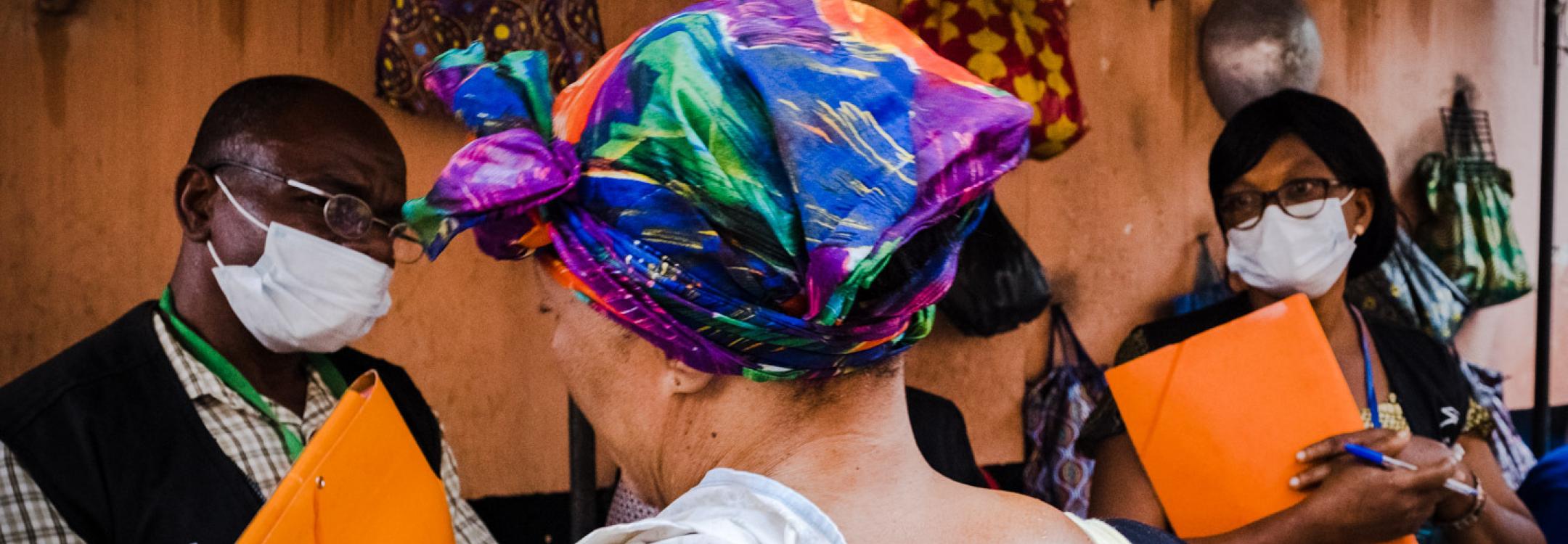How to coordinate with other bodies conducting visits?
As in question 2 above, how to coordinate can be broken down into both technical and strategic aspects.
Technical coordination
How to coordinate with other bodies who undertake visits will be dependent on the structure and situation of the NPM, and on the structure and situations of the other body or bodies including whether or not they are independent from government.
Some NPMs have an informal relationship with other bodies where they may meet or share information when a need or issue arises. Others have a relationship that is formalised by a memorandum of understanding, which sets out each party’s requirements and responsibilities. How the bodies and the NPM decide to cooperate will depend on their specific mandates, needs, and relationship to the government.
A good practice is to consider who should be in contact with whom. It may be appropriate for the NPM chair(s) and staff to have working relationships at different levels with other bodies. It may be useful to have an established point of contact within each body.
NPMs coordinate with other bodies in various ways. Some hold regular meetings, hold meetings on an ad hoc basis, undertake joint visits, co-operate on certain issues, exchange information, and undertake joint activities such as conducting training.
In exchanging information a NPM needs to be careful to respect confidentiality, security, and sensitivity of information. NPMs should be guided by the do no harm principle.
A new NPM should ascertain what other bodies conducting visits exist within their state. The NPM may wish to meet with them to establish a relationship and discuss how to ensure continued cooperation.
Finally, it is important to underline that when engaging in cooperation, the NPM must nevertheless be careful to remain independent. Coordination and cooperation do not necessarily mean agreement. This is particularly important in the context of visits and information sharing, where a precondition to cooperation must be to ensure that other monitoring bodies fully respect the do no harm principle and the confidentiality and security of information.
Strategic coordination
Following on from the points made in question 2 above, the NPM has a variety of ways in which it can maximize its impact by engaging strategically with other monitoring bodies.
This can be done in relation to the three levels of: understanding, thematic perspectives, and methodology.
Strategic coordination may involve training and education for staff of other monitoring bodies on the added value of the preventive approach. It also includes dialogue at different levels on both the approach and on particular themes and priorities. NPMs may also choose to direct specific recommendations at other monitoring bodies in order to encourage them to change or adopt particular practices or methods or to take on particular priorities.
